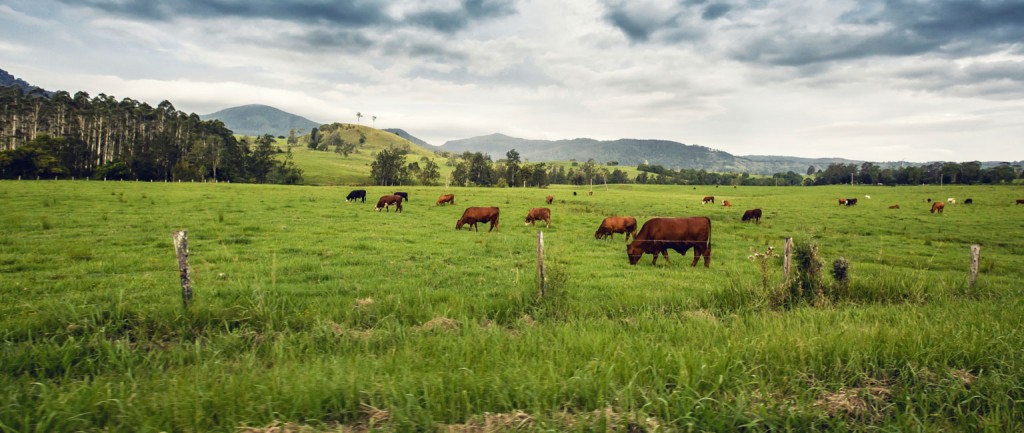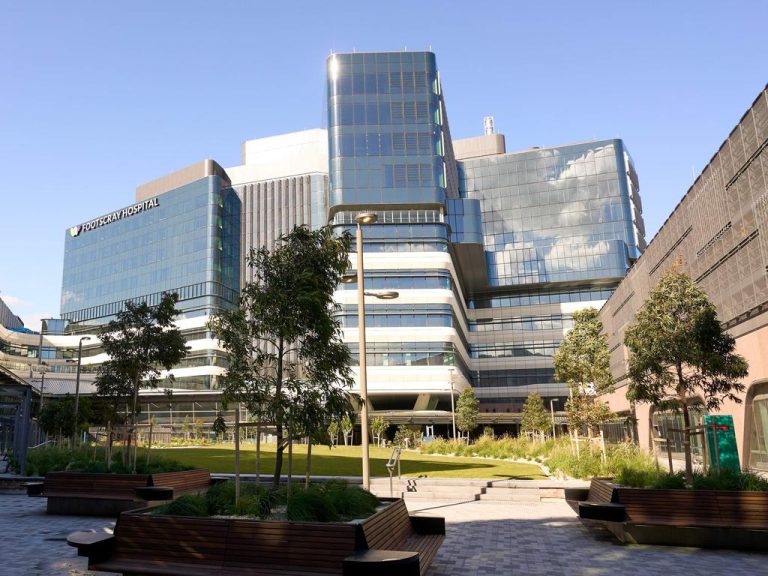Betting the farm – what’s impacting rural land values

Australia is being touted as the new food bowl of Asia but will that translate into higher prices for agricultural land? Paul Thornhill takes a look at rural land values.
It was coming to the end of longest drought Australia’s known when something strange began happening in Coonamble, a small town in the central west of NSW. All of a sudden, local land values were off and running.
“It was unbelievable, prices jumped from $220-$240 to over $1200 an acre,” Denis McGrath told RealCommercial, “and it had nothing in the world to do with commodity prices, rainfall or interest rates.”
McGrath heads up Elders Real Estate’s rural business in NSW and he’s been following country land prices for more than 20 years. Speaking to RealCommercial on the road to Dorrigo, he told me of a more fundamental driver as his mobile phone dropped in and out of range.
“Banks were throwing money around. They’re not doing that now and this is a primary reason we have a tough market currently.”
Capital values for rural property are more a function of finance availability than any upward trend in wholesale food prices or the rainfall gauge in Gunnedah. Investors in the primary sector need to be patient, very patient, to see strong capital returns.
“The long-established cycle can see owners wait 8-10 years for a jump in prices but when it happens, it happens in a hurry,” McGrath says. “Values do little for years, and then suddenly escalate, only to dip back after the peak. To capture a growth return, a vendor must act quickly.”
McGrath’s analysis dovetails with the March 2013 Australian Farm Survey Results by the Australian Bureau of Agriculture and Resource Economics and Science (ABARES) which found the same pattern of jumps in values and a growing disconnect with farm incomes.

Land prices have been trending higher recently but they’re still around 10% below their peak, while farm incomes have remained more or less the same. The result is a land price / farm income ratio of 8:1 across Australia, compared to 5:1 in the early 2000s.
Those outcomes vary enormously though depending on property type and local conditions.
High rainfall and wheat-sheep properties are faring the best but pastoral land remains 25% below its peak. Much of Queensland’s cattle country, for instance, is back in drought and in trouble after suffering fires earlier this year and a live export suspension in 2012.
Deep in south-west Victoria’s dairy country, land values are also below the peak, reached during the Managed Investment Scheme tree-plantation craze in 2006-07. Karrinjeet Singh-Mahil, co-owner of Schuler Ag Pty Ltd told RealCommercial: “There are lots of farms on the market and we’ve been warned by Dairy Australia that the improvement in this year’s international prices won’t continue into 2014.”
There is, however, significant interest building in agricultural land due to Australia’s proximity to Asia; the world’s most promising mass food market.
That potential explains the bidding war underway for Warrnambool Cheese and Butter, new groups like the Sustainable Agriculture Fund and the Indonesian government prodding its beef industry to buy 1 million hectares of Australian cattle property.
Yes if this interest arrives it could spark another run on land prices, but for investors, it pays to be cautious.
As McGrath puts it, “Some of the buyers we’ve seen around haven’t got a clue, but the smarter ones have a very experienced consultant, undertake a thorough due diligence and understand they need lots of luck and expert management to make it work.”








